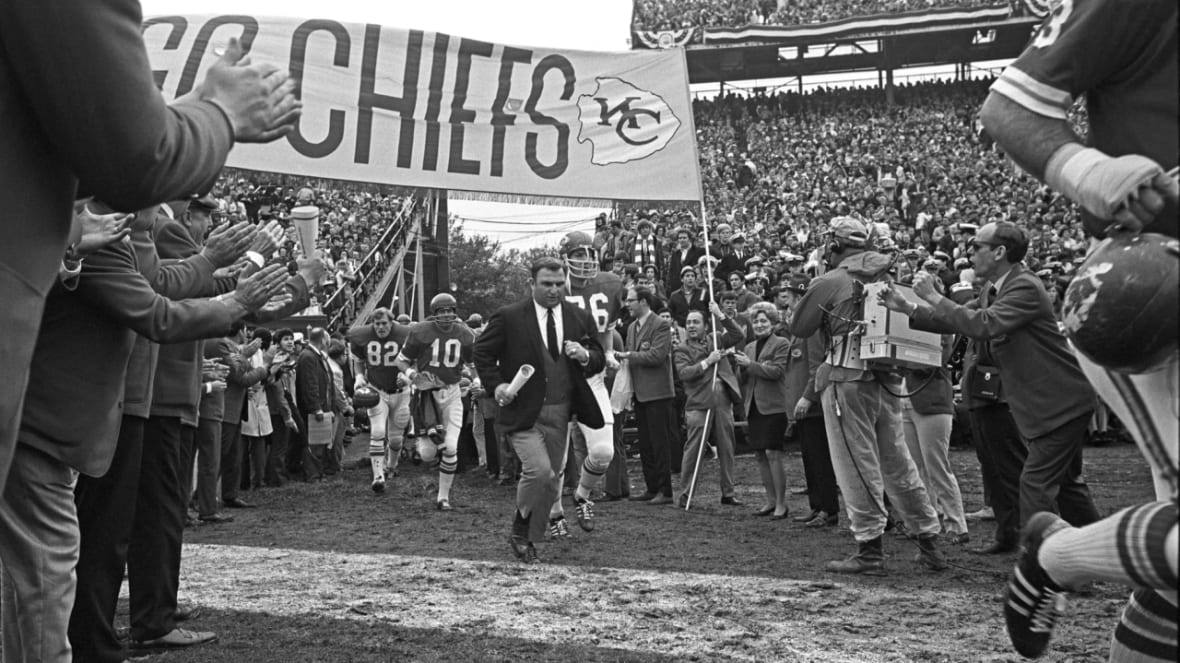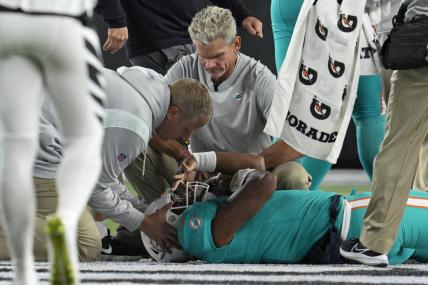92% of ex-NFL players in university study have brain disease that affects memory, behavior and personality
Boston University CTE Center director Ann McKee said they intentionally updated the study, which used the brains of 376 deceased NFL players, during the same week as Super Bowl LVII.
Boston University researchers found that 92% of former NFL players had a brain disorder that affects memory, behavior and personality.
Chronic traumatic encephalopathy, or CTE, was identified in a vast majority of the brains of the almost 400 deceased athletes, according to WCVB Channel 5 Boston. Repetitive head trauma appears to be the leading risk factor for the degenerative brain disorder.
“We have 376 NFL players in the bank and we found CTE in 345, roughly 91.7% of them,” said Ann McKee, director of the Boston University CTE Center. “To me, this is an unacceptably high risk and it cries out for something to be done.”

Researchers compared the most recent CTE findings with 2018 research of brains given for the Framingham Heart Study, which discovered that a former college football player was the only one out of 164 people who had CTE.
According to USA Today, McKee said the CTE center intentionally updated the study during the same week as Super Bowl LVII, noting that the NFL is “very involved” in concussions. A former player from each team in this year’s game was diagnosed with CTE, which can only be diagnosed after a person has died.
Rick Arrington, a former quarterback for the Philadelphia Eagles, and Ed Lothamer, a former defensive lineman for the Kansas City Chiefs who won Super Bowl IV, both had the brain illness.
“[The NFL is] not monitoring the amount of head impacts, or intensity of head impacts, they are turning a blind eye to that,” McKee said, according to USA Today. “There is a lot of, ‘If I don’t look at it, it’s not there.'”
However, the league changed its concussion protocol last fall in response to criticism of its handling of the injury of Miami Dolphins quarterback Tua Tagovailoa.
The incidence of CTE that BU researchers discovered is much greater than that in other brain banks, though they do not know how it compares with all current and past NFL players, according to WCVB5.
In 2017, BU reported that 87% of the 202 football players it studied — from high school, college, semipro and the NFL — had CTE. Only one of the 111 professional athletes tested did not, according to USA Today.
The most recent findings, McKee, said are a wake-up call to a general complacency. She noted that players are at significant risk of contracting the disease, and the NFL “hasn’t done anything substantial” to prevent or diagnose it. “The risk is still there. The risk is high.”
There is no cure for CTE, but treatment options are available like the ones through the Concussion Legacy Foundation. Its mission is “to promote smarter sports and safer athletes through education and innovation, and End CTE through prevention and research.”
TheGrio is FREE on your TV via Apple TV, Amazon Fire, Roku and Android TV. Also, please download theGrio mobile apps today!


